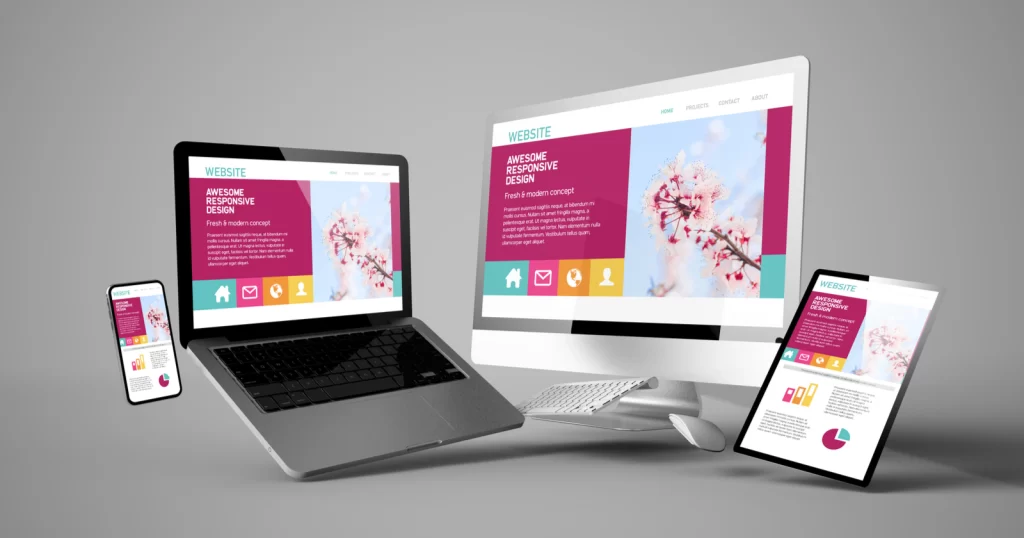Web Design Job Outlook

Web designers are responsible for the overall look and aesthetic of a website. They often use design software to create mockups. These prototypes can help clients and team members understand what they’re trying to achieve.
Those interested in becoming web designers can pursue a variety of educational pathways. A traditional four-year degree is one option, but online courses and bootcamps can also provide relevant education.
Job outlook for web designers and developers
Web designers and developers are in high demand because nearly every organization needs a website to compete online. The Bureau of Labor Statistics projects 23% job growth for this field between 2021 and 2031, especially in the spectator sports, performing arts, and nonstore retail industries. In addition, specialization in this area can lead to better starting salaries and long-term earning potential.
Web Designers are responsible for the layout and design of a website, and they use a variety of software tools to create the image that site visitors see. They also ensure that a website is compatible with different browsers and mobile devices. In addition, they often work with back-end developers to implement code changes.
Web Developers provide the foundation for a website’s technical functions. They work with the back-end or server side of a website to integrate databases, APIs, and SQL. They may also be responsible for generating content and aiding in marketing efforts.
Salary ranges
Web designer salaries vary depending on the location, experience, and skills. A newbie can expect to make around $50,000 a year, while experienced designers can earn upwards of $80,000 a year. Senior designers and creative directors can earn much more than that, though they require significant on-the-job experience.
The salary range for web design also depends on the type of company and its industry. For example, a design firm that specializes in fashion may pay higher salaries than one that focuses on sports or digital retail. Additionally, a design firm that has headquarters in a major city like New York or Silicon Valley is likely to have higher pay standards than a smaller one.
The average salary for UX designers is $101,455 a year, reflecting their crucial role in the success of web design services. These professionals use wireframing, prototyping, and coding skills to create responsive user interfaces. They also research trends, analyze user behavior, and make recommendations to improve the overall user experience of websites.
Education requirements
Web designers have several education requirements to meet before they can begin working. Most enter the field with a four-year degree in web design or a related subject, such as graphic design. In some cases, however, a bachelor’s degree in another subject can also qualify you for web design jobs.
In addition to educational qualifications, entry-level web designers need a portfolio of work. Portfolios are important for hiring managers, as they help them see a designer’s creative vision and style. They should be constructed in a deliberate manner that subtly tells a story about the designer.
Web designers also need to be good communicators. They often collaborate with teams on larger projects, and they need to be able to receive feedback from other team members. They must also be able to manage time and stay on task, especially as freelance workers. They should also be prepared to learn new technical skills as the industry evolves.
Work environment
The work environment for Web Designers varies depending on the type of project and industry. Some jobs include designing the layout and visuals for a website or mobile application while others also handle the programming side of the job. Web Designers may also be employed by design firms or as freelancers.
The typical work day for Web Designers begins with a project briefing. They are then assigned assignments by management and begin working on the design process. This often involves researching a topic and building out a sample for approval. Some projects may require more advanced skills, so designers may need to spend some time learning new techniques or software programs.
At the end of the work day, Web Designers usually update their supervisor or team members about the progress of their work. They also check to see if there is any feedback that needs to be addressed or accounted for. This can be particularly challenging for freelancers who are often unable to control the work schedule of their clients.

